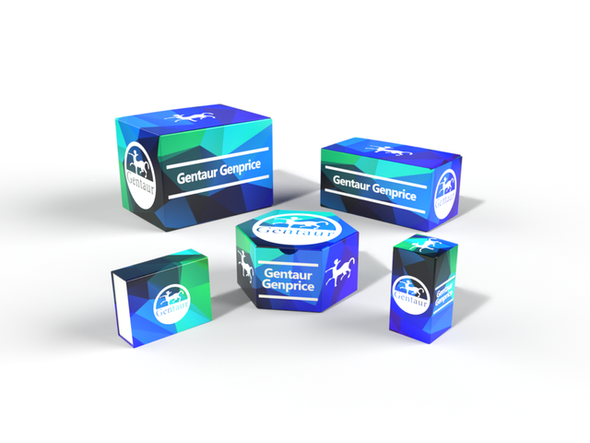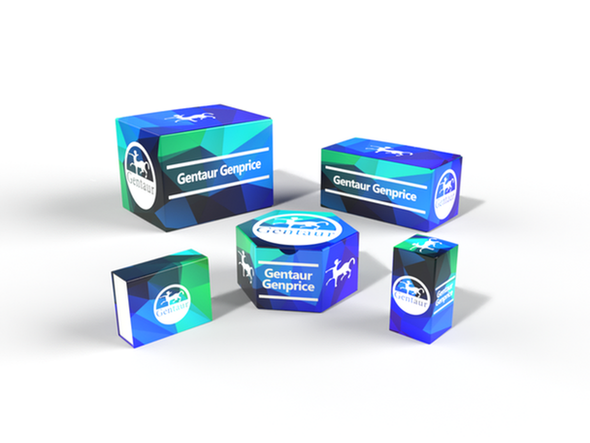Description
GGT7 Antibody | 56-888 | Gentaur UK, US & Europe Distribution
Host: Rabbit
Reactivity: Human
Homology: Predicted species reactivity based on immunogen sequence: Mouse, Rat
Immunogen: This GGT7 antibody is generated from rabbits immunized with a KLH conjugated synthetic peptide between 24-53 amino acids from the N-terminal region of human GGT7.
Research Area: Signal Transduction
Tested Application: WB, IHC-P
Application: For WB starting dilution is: 1:1000
For IHC-P starting dilution is: 1:10~50
Specificiy: N/A
Positive Control 1: N/A
Positive Control 2: N/A
Positive Control 3: N/A
Positive Control 4: N/A
Positive Control 5: N/A
Positive Control 6: N/A
Molecular Weight: 70 kDa
Validation: N/A
Isoform: N/A
Purification: This antibody is purified through a protein A column, followed by peptide affinity purification.
Clonality: Polyclonal
Clone: N/A
Isotype: Rabbit Ig
Conjugate: Unconjugated
Physical State: Liquid
Buffer: Supplied in PBS with 0.09% (W/V) sodium azide.
Concentration: batch dependent
Storage Condition: Store at 4˚C for three months and -20˚C, stable for up to one year. As with all antibodies care should be taken to avoid repeated freeze thaw cycles. Antibodies should not be exposed to prolonged high temperatures.
Alternate Name: Gamma-glutamyltransferase 7, GGT 7, Gamma-glutamyltransferase-like 3, Gamma-glutamyltransferase-like 5, Gamma-glutamyltranspeptidase 7, Glutathione hydrolase 7, Gamma-glutamyltransferase 7 heavy chain, Gamma-glutamyltransferase 7 light chain, GGT7, GGTL3, GGTL5
User Note: Optimal dilutions for each application to be determined by the researcher.
BACKGROUND: This gene is a member of a gene family that encodes enzymes involved in both the metabolism of glutathione and in the transpeptidation of amino acids. Changes in the activity of gamma-glutamyltransferase may signal preneoplastic or toxic conditions in the liver or kidney. The protein encoded by this gene consists of a heavy and a light chain, and it can interact with CT120, a plasma membrane-associated protein that is possibly involved in lung carcinogenesis.






